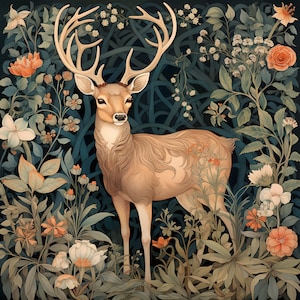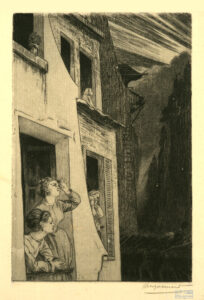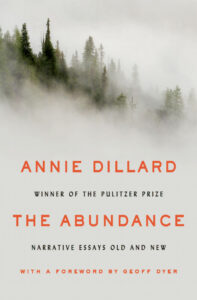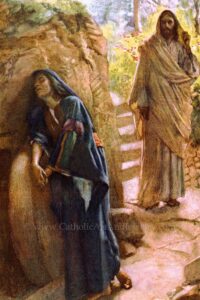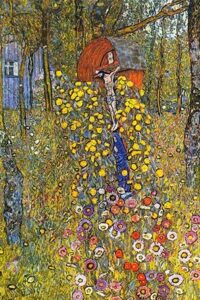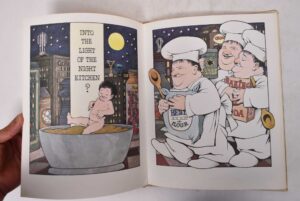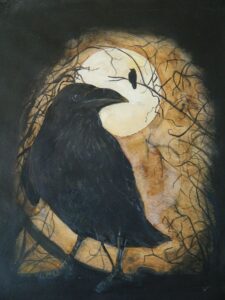HOW TO CATCH A CRITTER….OR LIVE WITH THEM.
WHO LIVES HERE???
When we moved from Chicago to Des Moines, Iowa, we were excited about the deck on the back of our home, the many oak trees providing shade and beauty. We formed the habit of opening our windows to the night air, falling asleep to the sounds of the woods—the chirps of crickets, hum of insect mandibles chewing. Ah, the country, a little bit of heaven.
Eventually my neighbors explained that the reason my hosta plants had morphed into razor-edged sticks was because of something called browsing—a word meaning the deer were enjoying a salad. But come on, this was so new to us, we spent a few evenings watching the deer from my son’s treefort. We counted the points on the male’s rack, called the folks back in Chicago bragging about our amazing wildlife.
But then there was the large doe finishing off my impatiens. I clapped my hands, shouted, picked up a stone (a small one) to lob at her. Inner-city deer. She kept on chewing.
Thus the mythology of dealing with deer bloomed. “Put out bars of soap. Scatter human hair. Let your son relieve himself on your plants.” Whatever!!!
The gardening center had shelves of products. I read the labels. Apply frequently; apply when it’s not going to rain; apply and cover each frond of the plant! I had about 90 hostas. And this stuff wasn’t cheap. I bought something called Liquid Fence which when applied leaves a stench that will keep the deer away and your best friends. But I sprayed. And I had my fence, right?
The deer were jumping the fence. And the rest of nature was just beginning to gear up. The word had gotten around in the critter community—we’ve got fresh meat living in the grey house, go for broke.
There was scratching below our deck. Then I saw a creature scuttle to its new home—under that deck. I found a picture of my critter—a woodchuck. SO…go ahead, start singing the old rhyme. But like skunks, you don’t want one of these living with you. They are more territorial then I was surely becoming. Oak trees, acorns—this woodchuck was set for life.
The critter-catcher set up three traps. We caught two possum, two raccoons and the neighbor’s cat. Finally one afternoon I actually saw the critter walk right into the trap. I was so excited I called my husband at work. I’d gone over the edge. The critter-catcher wasn’t far behind. He brought a camera . “I’ve never caught one of these,” he told me happily. We were a pair.
Then at two a.m. there was the bat, fighting the circles of the ceiling fan above our bed. And me with a broom, a baseball cap and a towel—you use the towel to throw the bat to the ground. I was learning!
Now I’m definitely dreaming of a condo—no trees, no animals. But can I give up listening to the sounds of nature as I fall asleep?
A few nights ago: bump, thunk! It’s four a.m. and something has just knocked over the bird bath. I’m awake. Is it deer in the hostas? I haven’t sprayed. A raccoon? My husband says a raccoon is eating through our roof shingles. He’s starting to crack too. I closed my eyes, but all I could see was the yard below swarming with wild life, every inch crawling with nature, vivid with its slither and instinct, its hunger and need.
In the morning, the lawn was full of squirrels and chipmunks. For even if the legal documents for our dwelling has the name HAVEY on it, we now know who truly owns the place.
If you have critter problems, please share.
P.S. This is a favorite, but older post. I loved my life in Des Moines! We then moved to California….loved that too. No deer. And now we are back in Chicago, with a tall fence around our garden, the bustle of city streets in our neighborhood. And thus I have yet to see a deer. But they are adaptable, love hosta plants, and I have MANY. You just never know.
Deer-Proof Perennials:
- Black-Eyed Susans – classic daisy flowers with dark eyes.
- Bleeding Hearts – traditional, heart-shaped flowers.
- Coreopsis – colorful, daisy-like flowers.
- Daffodils – terrific trumpet flowers, toxic to deer.
- Coneflowers – cone-shaped native flowers with prominent eyes.
- Ferns – a varied family of foliage plants.
- Irises – beautiful bearded flowers.
- Lavender – very fragrant flower spikes with namesake color.
- Mint – excellent edible with strong fragrance to ward off deer.
- Monarda – pincushion flowers adored by pollinators.
- Ornamental Grasses – beautiful, but not as appetizing as a lawn.
- Sage – spikes of fragrant flowers.


